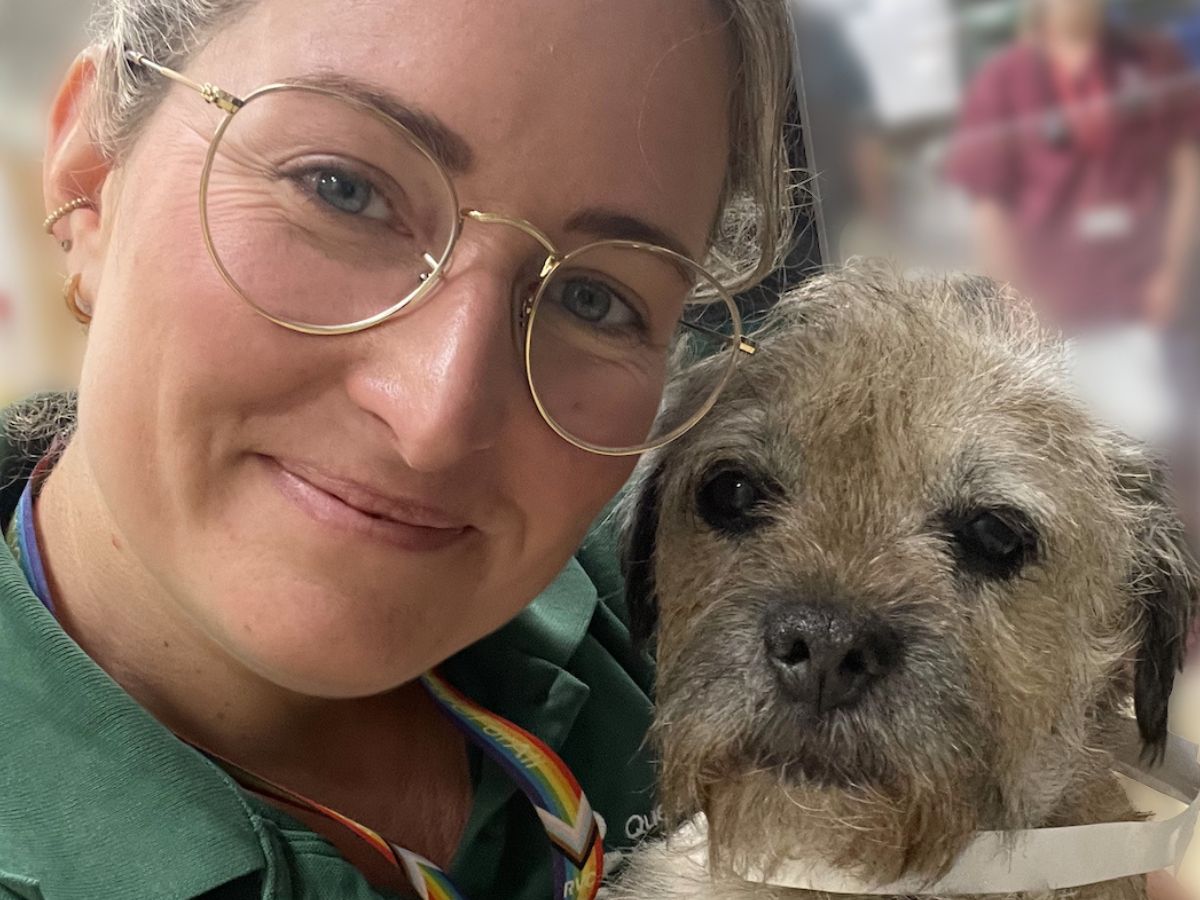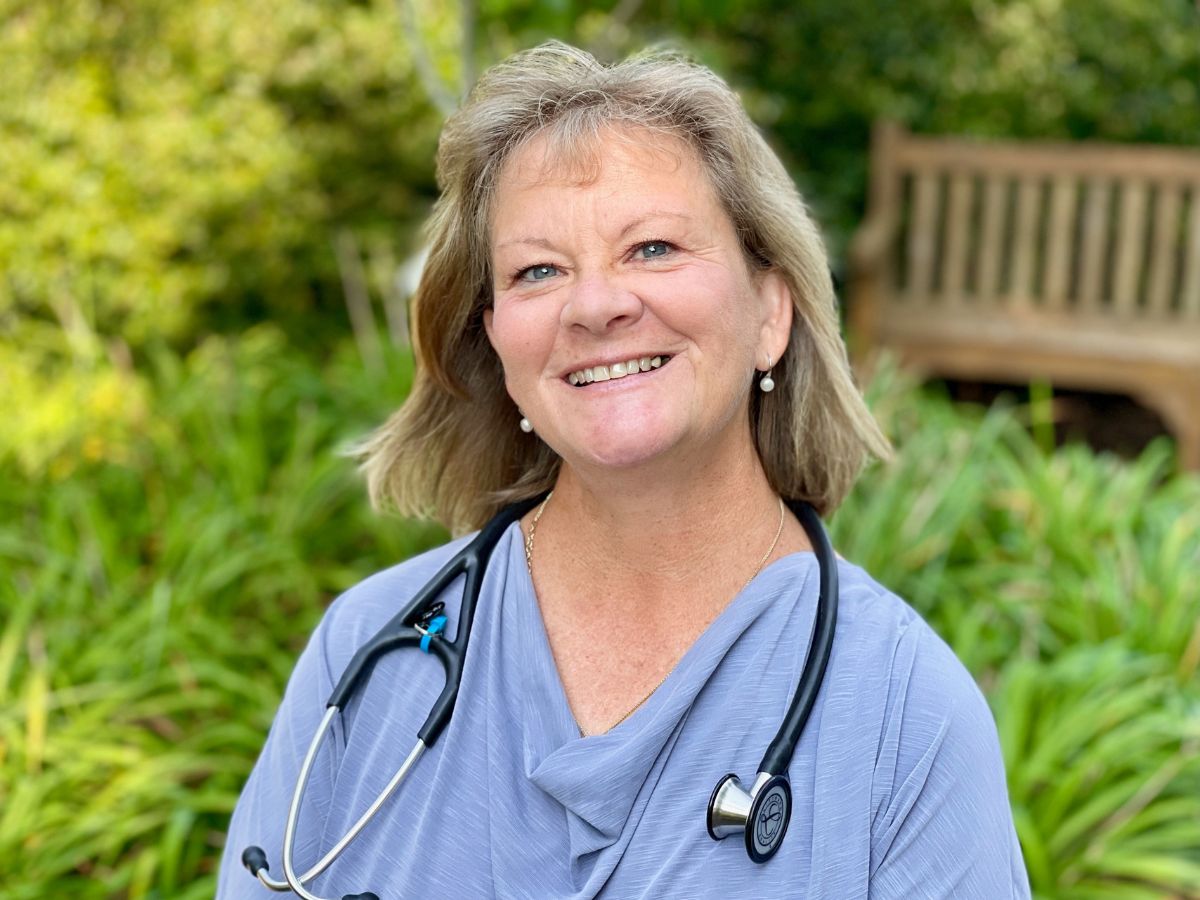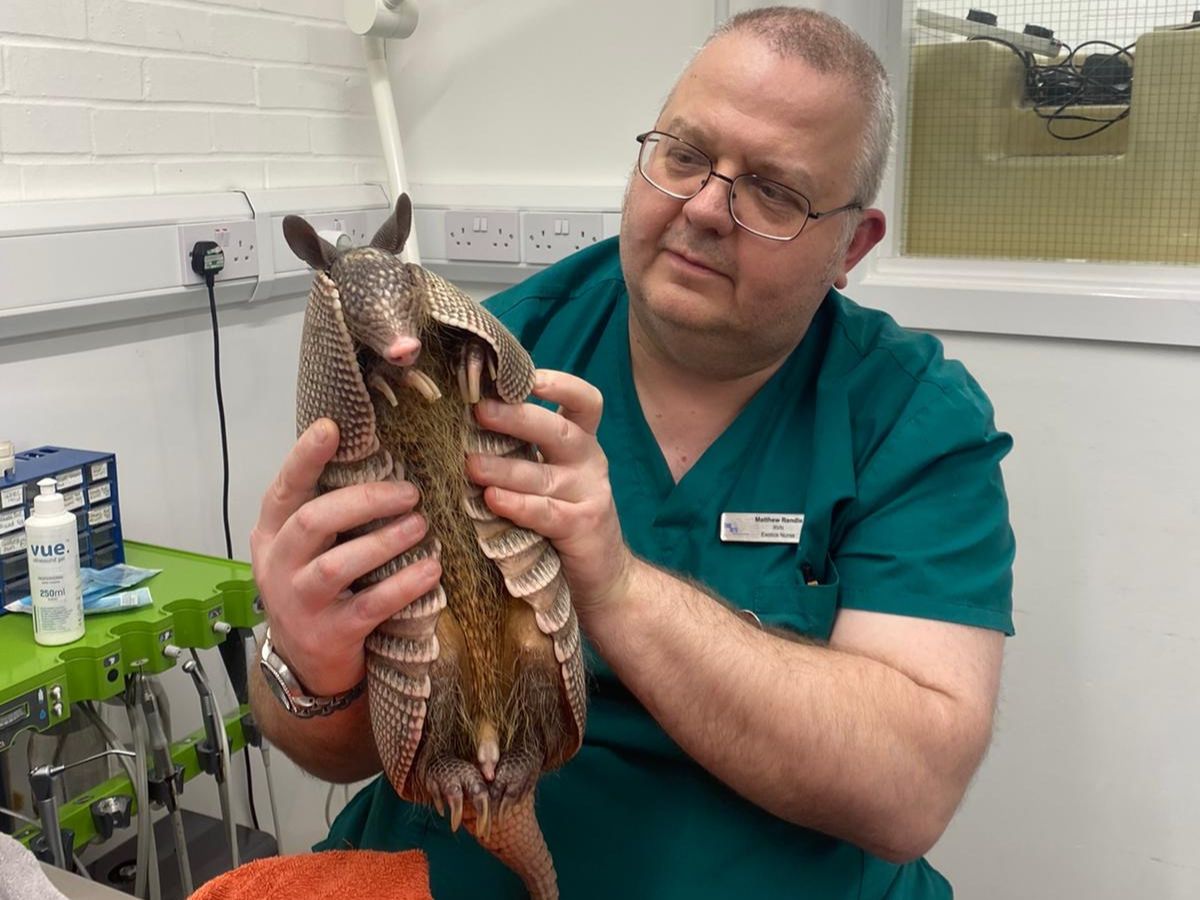Practical Tips for Anaesthesia, Neonatal Emergencies & Tube Management
We know your time is precious, especially during a chaotic day on the floor. That’s why we’re serving up quick, insightful chats you can enjoy over a cuppa. So grab your favourite brew, and take five with three of our insightful speakers who will be presenting at our Vets Now ECC Congress this November.

Elle Haskey – Tubes, Lines, and Drains Without the Drama
Session: “Ins and Outs: Managing Tubes, Lines and Drains”
This advanced nursing session will cover the practical and clinical skills needed to manage urinary catheters, central venous catheters, tracheostomy tubes, and chest drains. We’ll include evidence-based guidance on complications and troubleshooting, alongside hands-on tips to enhance confidence and safety in ECC practice.
Elle has a background in ECC having spent 16 years in a variety of different roles and is currently an anaesthesia nurse.
Do you have any tips for new nurses working with chest drains?
Know your equipment inside out before you need to use it in a hurry. Take time to practise setting up and dismantling a drain system so you’re confident with the parts and how they work. In real patients, keep the system secure and keep a close eye, small changes can be the earliest sign something needs attention.
What’s your favourite low-tech troubleshooting technique?
The “follow-the-line” method. When something isn’t working, be it a drain, feeding tube or IV line, physically trace the line from the patient to the end device, checking for twists, kinks, disconnections, or blockages. Nine times out of ten, the problem is something simple and fixable.
If you could give one piece of advice to anyone looking to work in ECC, what would it be?
Stay curious, stay calm, and remember you are part of a team. ECC can be intense, but it’s also incredibly rewarding. You won’t know everything on day one, and that’s okay! The best ECC nurses are those who keep learning, lean on their colleagues, and never lose sight of the patient at the centre of it all.

Leslie Wereszczak – Tiny Patients, Big Challenges
Session: “Baby Steps Dealing with Paediatric Emergencies””
Leslie is a veterinary technician with over 35 years of experience, currently Director of ECC Services at the University of Tennessee and a passionate advocate and leader in the veterinary nursing profession.
What should every ECC team have ready for neonates?
A pre-assembled kit in a box is a great idea to have for neonates so that everything you need is in one place. Bulb syringes, tiny endotracheal tubes, a pediatric mask with a small ambu bag, sterile scissors, tincture of iodine, formula & bottles are among the essentials!
What has been your most satisfying save?
Three tiny, cold, lifeless orphan orange kittens were brought to us in a shoe box. We thought they were dead but as the saying goes, ‘you’re not dead until you’re warm and dead!’, so we warmed them up and did resuscitative measures and one survived. I took her home and had her 14 years! She formed an incredible bond with my daughter, who was 8 years old at the time, and named her aptly, Spaghetti, as that is what the long, dried, still attached umbilicus looked like to her!
Do you have any top tips for people who find neonatal cases tricky?
Be prepared. If possible, have everything ready before the patient(s) arrive and make sure the whole team is knowledgeable. Neonates are fragile, yet resilient, so keep trying a bit longer and it may pay off!

Matt Rendle – Exotic Patients, Practical Approaches
Session: “Exotics Anaesthesia + Exotics Case Conversations”
Even the thought of anaesthetising an exotic species can be intimidating for even the most experienced ECC nurse. However, achieving a safe and welfare-focused anaesthetic for any species is entirely feasible. In this lecture, I will emphasise the importance of remembering and applying the fundamental principles of anaesthesia when dealing with unfamiliar species. I will also cover risk assessment and, more importantly, strategies to mitigate these risks.
Matt began his veterinary nursing career in 1989 and has since worked with a vast range of species, from ants to elephants, across the globe. He is Chair of AZEVN, an elected member of the RCVS VN Council, and actively supports veterinary education and conservation through roles with ACOVENE and Wildlife Vets International.
What’s your go-to prep tip before anaesthetising an exotic patient?
I think trust no one and believe nothing, always check everything yourself, are the drugs correct, does everything work and do you have all the things you might just need; delays always compromise animal safety and welfare.
One exotic species that always keeps you on your toes?
I think parrots are always interesting and challenging as they can be super calm and polite or they can have one clear aim in life and that is to cause you stress and harm, don’t get me wrong, I love working with parrots and learning how to read their behaviour.
What’s a common misconception about exotic anaesthesia?
I think veterinary teams think the anaesthesia of exotics species is somehow harder and requiring lots of special equipment than cats and dogs, this is not true, they are just less familiar, applying the knowledge you do have and common sense will lead to a positive outcome.
Book your place at this year’s ECC Congress and view the full speaker programme here.

